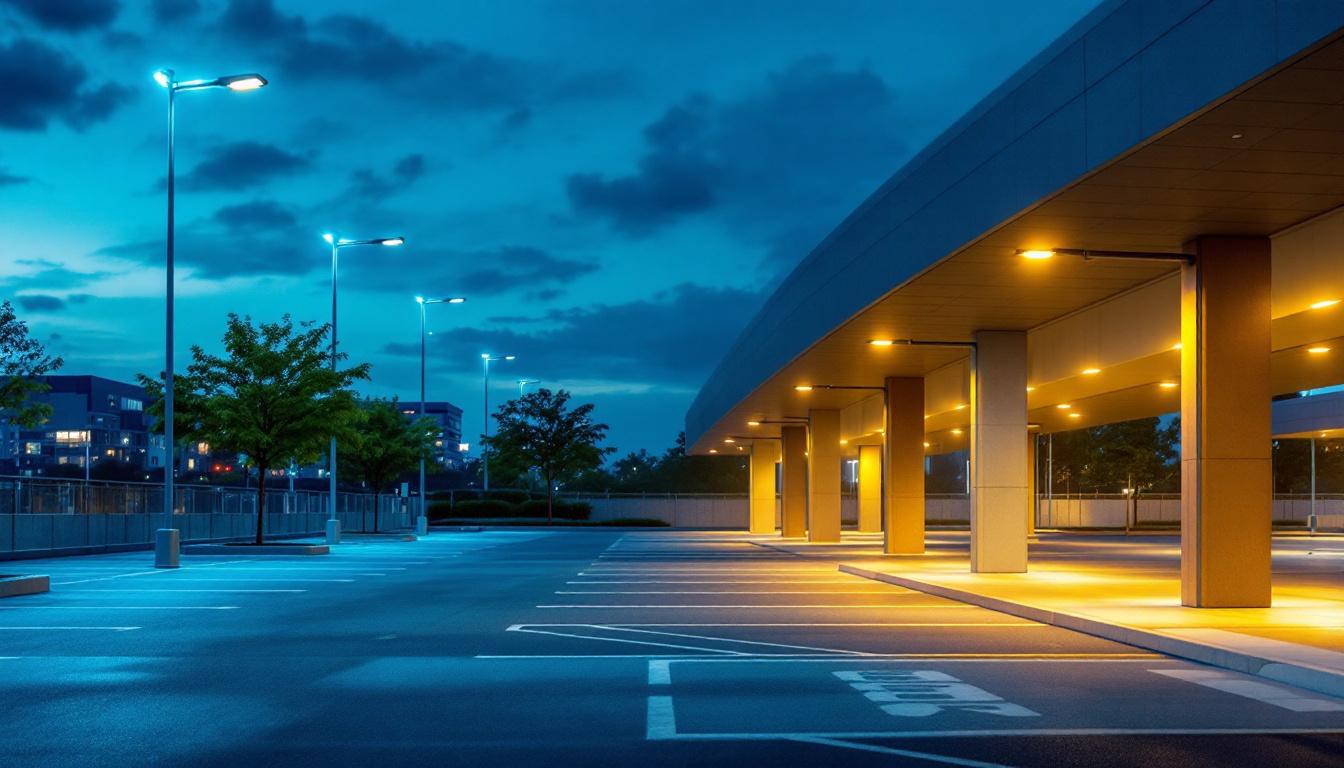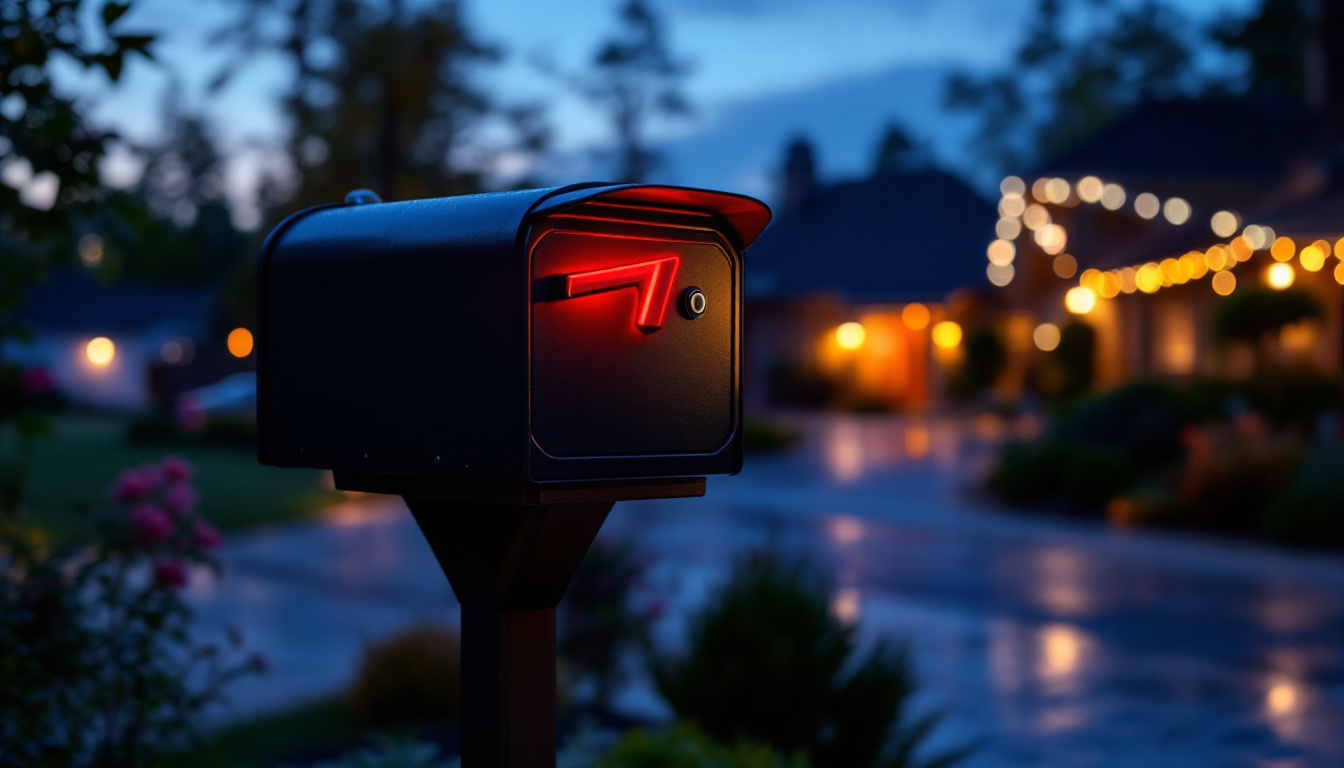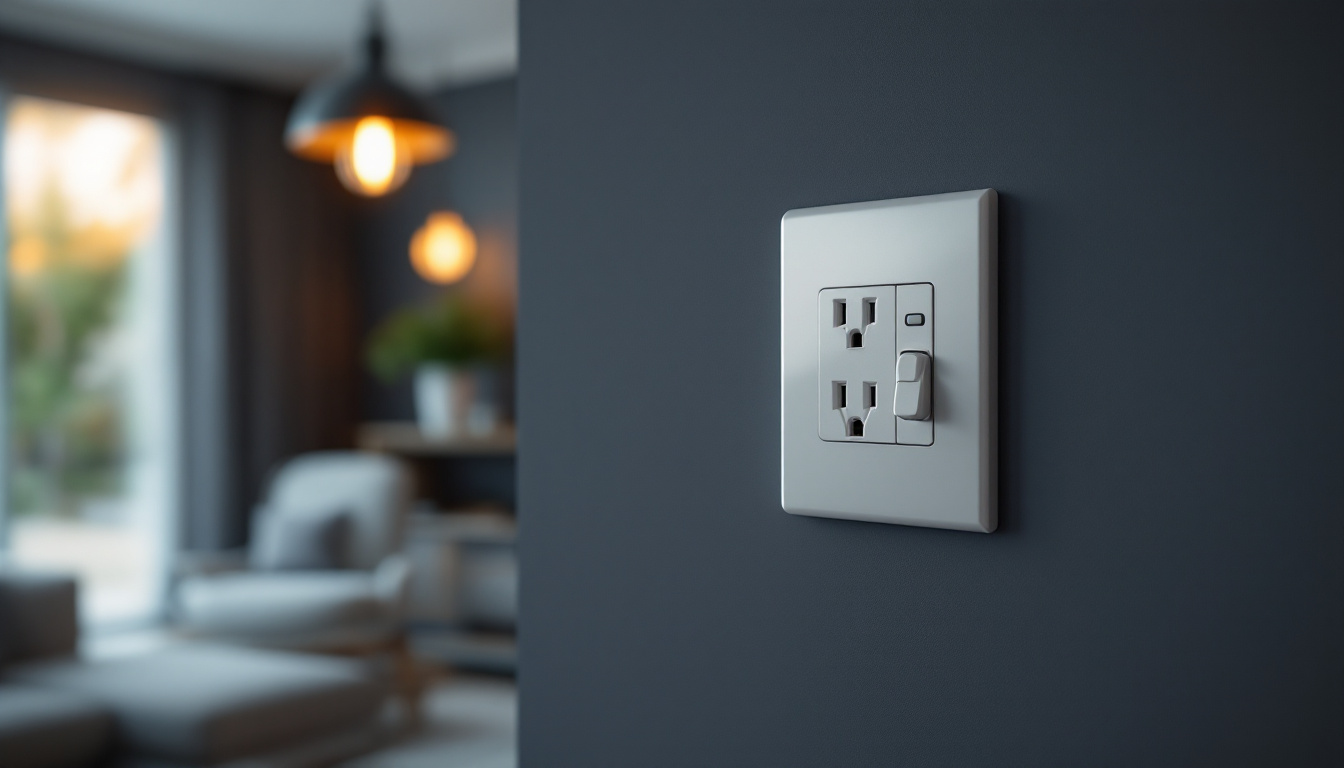
In the ever-evolving landscape of outdoor lighting, solar lights have emerged as a popular choice among homeowners and businesses alike. Their eco-friendliness, cost-effectiveness, and ease of installation make them an attractive option. However, for lighting contractors, the transition to solar lighting presents unique challenges that require careful consideration and strategic planning. This article explores the top challenges faced by lighting contractors in the realm of solar outdoor lighting.
One of the primary challenges for lighting contractors is navigating the complexities of solar technology. Unlike traditional lighting systems, solar lights rely on solar panels, batteries, and LED fixtures, each of which must be carefully selected and integrated.
The market is flooded with solar lighting products, but not all components are created equal. Contractors must be diligent in selecting high-quality solar panels and batteries that can withstand various environmental conditions. Poor-quality components can lead to system failures, resulting in dissatisfied customers and potential damage to the contractor’s reputation.
Moreover, understanding the specifications of each component is crucial. For instance, the efficiency of solar panels can vary significantly, impacting the overall performance of the lighting system. Contractors must stay informed about the latest advancements in solar technology to make informed decisions. This includes being aware of the different types of solar cells, such as monocrystalline, polycrystalline, and thin-film, each offering unique benefits and drawbacks. By choosing the right type of solar panel, contractors can optimize energy conversion and ensure that their systems perform reliably over time.
Designing a solar lighting system involves more than just placing fixtures in the desired locations. Contractors must consider factors such as sunlight availability, shading from trees or buildings, and the specific lighting needs of the area. This requires a thorough site assessment and an understanding of solar exposure patterns.
Additionally, integrating solar lights with existing electrical systems can pose challenges. For contractors who primarily work with traditional lighting, adapting to the nuances of solar technology may require additional training and expertise. They must also account for the varying battery capacities and charge cycles, as these factors can influence the longevity and reliability of the solar lighting system. Furthermore, understanding the role of smart technology in solar lighting, such as motion sensors and timers, can enhance energy efficiency and provide added convenience for users. By embracing these advancements, contractors can offer more sophisticated solutions that meet the evolving demands of their clients.
Another significant challenge for lighting contractors is navigating the regulatory landscape surrounding solar lighting installations. Different regions have varying codes and regulations that govern the use of solar technology, which can complicate the installation process.
Contractors must ensure that their solar lighting installations comply with local building codes, which can dictate everything from the height of fixtures to the placement of solar panels. Failure to adhere to these regulations can result in fines, project delays, and even legal repercussions.
Moreover, some municipalities may have specific requirements related to energy efficiency or sustainability. Contractors need to stay informed about these regulations to avoid potential pitfalls and ensure successful project completion. In addition to local codes, contractors should also be aware of any state-level regulations that may impact their projects. These can include mandates for renewable energy usage or specific standards for solar technology that must be met. Keeping abreast of these evolving regulations is critical, as non-compliance can jeopardize not only individual projects but also the contractor’s reputation in the industry.
While many regions offer incentives or rebates for solar installations, navigating these programs can be complex. Contractors must be knowledgeable about the various incentives available to their clients and how to effectively communicate these benefits. This not only enhances client satisfaction but can also lead to increased sales.
However, the application process for these incentives can be cumbersome, often requiring extensive documentation and adherence to specific guidelines. Contractors must be prepared to assist their clients in navigating these processes, which can add to their workload. Additionally, staying updated on changes to incentive programs is essential, as these can shift frequently based on political, economic, or environmental factors. Understanding the nuances of federal tax credits, state rebates, and local incentives can empower contractors to provide tailored solutions that maximize their clients’ financial benefits. This level of expertise not only builds trust but can also position contractors as valuable resources in the growing solar market, ultimately leading to more referrals and repeat business.
The growing popularity of solar lighting has led to increased competition among contractors. As more companies enter the market, standing out becomes a challenge. Lighting contractors must find ways to differentiate themselves while also educating clients about the benefits and limitations of solar lighting.
To thrive in a competitive market, contractors must establish a unique value proposition. This could involve specializing in a particular type of solar lighting, offering exceptional customer service, or providing comprehensive warranties and maintenance plans. Understanding the target market and tailoring services to meet their specific needs can set a contractor apart from the competition.
Additionally, showcasing successful projects and client testimonials can build credibility and attract new customers. A strong online presence, including a well-designed website and active social media engagement, can further enhance visibility and reputation. Engaging in local community events or workshops can also serve as a platform for contractors to demonstrate their expertise, allowing potential clients to interact with products firsthand and ask questions in a relaxed environment.
Many clients may have misconceptions about solar lighting, such as concerns about brightness, reliability, or longevity. Lighting contractors play a crucial role in educating clients about the advantages of solar technology, including energy savings, low maintenance, and environmental benefits.
Providing clear, accessible information can help clients make informed decisions. This might include detailed product specifications, case studies, or even demonstrations of solar lights in action. By addressing common concerns, contractors can build trust and foster long-term relationships with their clients. Furthermore, offering workshops or informational sessions that cover the latest advancements in solar technology can empower clients with knowledge, enabling them to appreciate the full potential of solar lighting solutions. These educational initiatives not only enhance client understanding but also position contractors as thought leaders in the industry, further solidifying their reputation and attracting a loyal customer base.
Installing solar lights presents its own set of challenges, particularly when it comes to ensuring optimal performance and longevity. Unlike traditional lighting systems, solar installations require careful planning and execution to function effectively.
A thorough site assessment is essential for successful solar light installation. Contractors must evaluate the location for potential obstacles that could impede sunlight exposure, such as trees, buildings, or other structures. This assessment not only impacts the placement of solar panels but also influences the overall design of the lighting system.
Furthermore, contractors must prepare the site appropriately. This may involve clearing debris, leveling the ground, or even installing additional supports for solar panels. Proper preparation is crucial to ensure that the installation process goes smoothly and that the solar lights perform as intended.
Weather conditions can significantly impact the installation and performance of solar lights. Rain, snow, or extreme temperatures can pose challenges during installation, as well as affect the efficiency of solar panels. Contractors must be prepared to adapt their plans based on weather forecasts and ensure that all components are weather-resistant and durable.
Additionally, understanding how different weather conditions affect solar energy production is vital. For example, cloudy days can reduce solar panel efficiency, which may require contractors to adjust their design or recommend additional fixtures to meet clients’ lighting needs.
While solar lights are often marketed as low-maintenance solutions, they still require regular upkeep to ensure optimal performance. Lighting contractors must address maintenance concerns to provide clients with long-lasting, reliable lighting solutions.
Over time, dirt, debris, and other environmental factors can accumulate on solar panels, reducing their efficiency. Contractors should educate clients about the importance of regular inspections and cleaning to maintain optimal performance. Offering maintenance services can also create an additional revenue stream for contractors.
Furthermore, educating clients about the lifespan of various components, such as batteries and LEDs, is essential. Contractors should provide guidance on when to replace these parts to ensure the longevity of the solar lighting system.
Despite careful planning and installation, system failures can occur. Whether due to component failure, environmental damage, or other factors, contractors must be prepared to troubleshoot and resolve issues promptly. This requires a solid understanding of the technology and the ability to diagnose problems effectively.
Providing clients with a clear plan for addressing potential failures can enhance their confidence in the contractor’s expertise. Offering warranties or service agreements can also provide peace of mind for clients, ensuring that they have support if issues arise.
As the demand for solar outdoor lighting continues to grow, lighting contractors face a unique set of challenges that require adaptability, knowledge, and strategic planning. From understanding solar technology and navigating regulatory issues to educating clients and addressing installation concerns, contractors must be equipped to handle the complexities of solar lighting.
By staying informed about industry trends, investing in quality components, and providing exceptional customer service, lighting contractors can successfully navigate these challenges and thrive in the competitive solar lighting market. Ultimately, embracing the opportunities presented by solar technology can lead to enhanced client satisfaction, increased revenue, and a more sustainable future.
Ready to overcome the challenges of solar outdoor lighting and elevate your projects? At LumenWholesale, we provide lighting contractors like you with the tools to succeed. Our spec-grade lighting products meet the highest industry standards, ensuring durability and performance. With unbeatable wholesale prices and free shipping on bulk orders, you can trust that you’re getting the best value without any hidden costs. Make the smart choice for your lighting needs and experience Wholesale Lighting at the Best Value today. Your clients—and the environment—will thank you.

Discover the latest trends in parking lot light fixtures that every lighting contractor needs to know.

Discover why twist lock plugs are essential for lighting contractors in ensuring safety, efficiency, and reliability on the job.

Discover the essential guide to mailbox lighting with our comprehensive handbook tailored for lighting contractors.

Explore the essential role of duplex receptacles in modern lighting solutions, highlighting their functionality, versatility, and impact on energy efficiency and smart home integration.